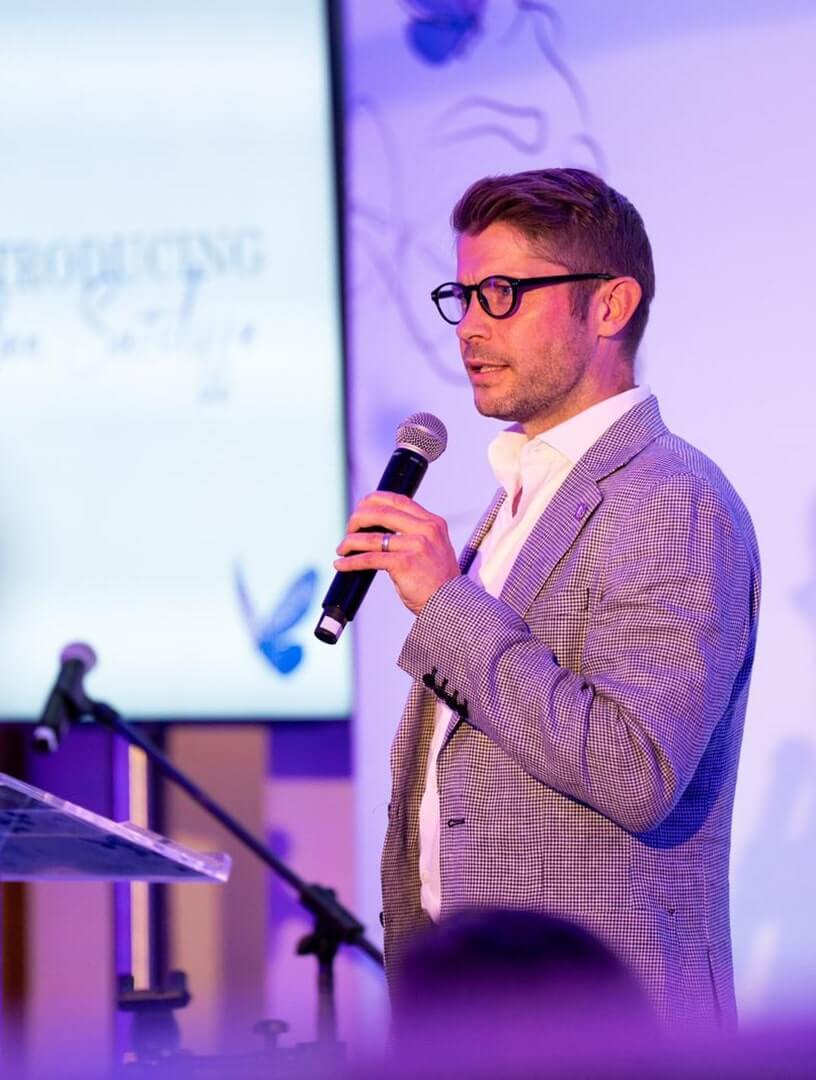This year, Global Accessibility Awareness Day celebrates its 13th anniversary. The purpose of GAAD is to get everyone talking, thinking and learning about digital access and inclusion for disabled and neurodivergent people.
Research suggests that 7 in 10 disabled people close down a website if they find it difficult to use, so it’s extremely important that businesses review their websites on a regular basis to ensure their content is inclusive for all and is in line with latest legislation.
Here at Caudwell Children, we recognised that our website needed significant improvement to create a user journey which was more efficient and easier to navigate, especially for neurodivergent and disabled people, so after months of research and meticulous planning, we launched our new and improved website at the start of 2024, along with our brand-new platform “Join The Change”.
Planning Stage
During the planning stage, we conducted small focus groups with beneficiaries who have a range of disabilities and neurodivergent conditions, and their families. From these sessions, different functionality tools were discussed, including a “search bar” so people accessing the website could search for a specific subject, making it easier to navigate to a certain page. One family said when they first go onto a website, they would click on a “Drop-down menu”, this is why we positioned the menu on the left-hand side of the screen and is the second clickable icon. Another suggestion was to use real images of our beneficiaries and staff in the Caudwell International Children’s Centre, giving the website an authentic feel and showing families and other users what our facilities and services look like, for example using images inside our clinical area during an autism assessment.

New Features on the Website
SO Marketing based in Leek Staffordshire, helped us to design and create our new website, using feedback and suggestions from our focus groups.
Here are some of the features:
- Information architecture was designed and built with a focus on ease of reading e.g. headings sizes vs body text sizes, making sections easily identifiable.
- The paragraph width was kept short again for ease of reading, wide paragraphs are proven to be difficult to read.
- Increased spacing between sections of content compared to most other sites, this helps to give users eyes a break between rows of text/media.
- The colour red has been used consistently for any actionable onsite function which leads to a familiar experience across every page.
- Contract ratios were considered and tested e.g. text vs background colours) this applies to blocks of content and buttons.
- Text, buttons and links are all descriptive, as opposed to simply using arrows as this helps the user understand where they are navigating to.
- A “breadcrumb trail” was implemented for ease of backtracking.
- All features designed and built into the website are visually “predictable” and will be familiar with all users.
- Latching navigation bar introduced so the menu can be accessed at any given time of the user’s journey.
- Multistep navigation utilises clear and concise large headings to signpost the user to their desired location.
- We use an accessible plugin, where the website settings can be altered to suit individual needs, including colour, font size, mouse pointers and lighting.
- We made our “Live Chat” function more prominent on the homepage, making this easier to spot and use.
All of the above considerations are also applied to smaller screens and devices for a fully responsive website.
As a charity we are always striving to make sure everything we do is inclusive for all, we are shaped by listening to our beneficiaries and their families and will continue to push for positive change and improvement.
For more information regarding web accessibility and guidelines please click here: https://www.w3.org/WAI/fundamentals/
)

)
)
)
)